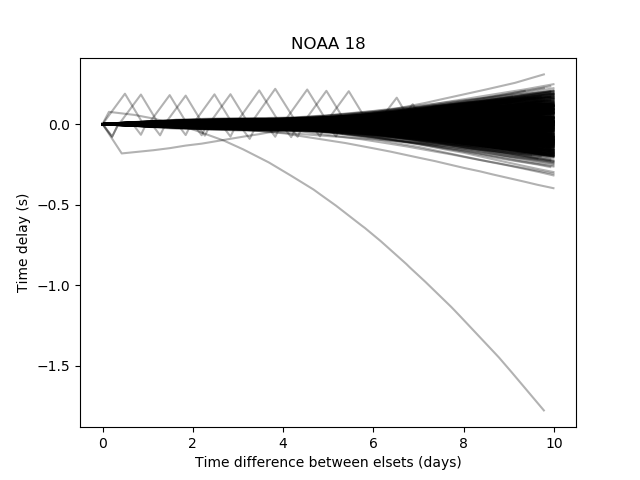Here’s an attempt to quantify the stability of TLEs. For four objects I’ve taken all JSpOC elsets from 2017 and computed the predicted position and velocity at the epoch of the next ones. The difference in position is then projected onto the velocity vector to convert the position difference in how much in the time satellite arrives early or late.
The plots below show how early or late a satellite is for all those TLEs over a period of 10 days. We see that for most the difference is actually quite small, a few seconds, while for the ISS there are large deviations due to boosts of the orbit.
My feeling is that we can easily identify which satellites are likely to manoeuvrer, and either limit the time span for which future observations can be planned, or increase the timeslot for that scheduled observation.



